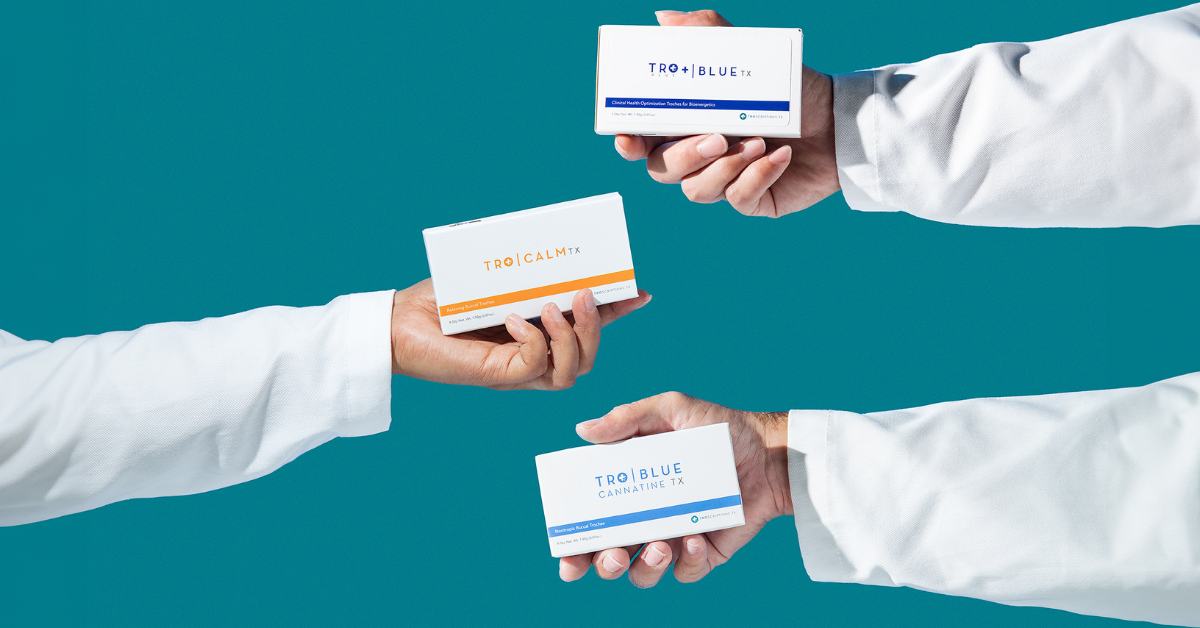These scientific articles explore the
anti-aging potential of Methylene Blue (MB), a traditional drug, for human health, particularly focusing on its effects on
skin longevity and its broader implications as an
anti-aging drug. Both sources, published on the U.S. government's National Library of Medicine website (PMC), highlight MB's
antioxidant properties and its ability to
improve mitochondrial function, which is crucial as oxidative stress and mitochondrial dysfunction are significant contributors to the aging process. The research details MB's efficacy in
reducing aging signs in skin cells, promoting
wound healing, and its potential applications in treating age-related conditions such as
neurodegeneration and
progeria, a premature aging disease. The articles collectively present MB as a
safe and promising agent for various anti-aging strategies due to its multifaceted positive impacts on cellular health and organ function.
Methylene blue (MB), as the first fully man-made medicine, has a wide range of clinical applications. Apart from its well-known applications in surgical staining, malaria, and methemoglobinemia, the anti-oxidative properties of MB recently brought ...

pmc.ncbi.nlm.nih.gov
Oxidative stress is the major cause of skin aging that includes wrinkles, pigmentation, and weakened wound healing ability. Application of antioxidants in skin care is well accepted as an effective approach to delay the skin aging process. Methylene ...

pmc.ncbi.nlm.nih.gov
Briefing Document: Methylene Blue as an Anti-Aging Agent
Date: October 26, 2023
Subject: Review of Methylene Blue's Potential as an Anti-Aging Drug, Focusing on Skin and Brain Health
Sources:
- "Anti-Aging Potentials of Methylene Blue for Human Skin Longevity - PMC" (Xiong et al., 2017)
- "The Potentials of Methylene Blue as an Anti-Aging Drug - PMC" (Xue et al., 2021)
Executive Summary
Methylene Blue (MB), a century-old FDA-approved drug, is emerging as a potent anti-aging agent, primarily due to its strong antioxidant properties and unique mitochondrial-targeting capabilities. Research indicates MB's effectiveness in combating oxidative stress, a major contributor to cellular and tissue aging. Studies, particularly in human skin models and fibroblasts, demonstrate MB's ability to stimulate cell proliferation, improve skin hydration and thickness, promote wound healing, and enhance the production of vital extracellular matrix proteins like collagen and elastin. Beyond skin, MB shows promise in addressing age-related neurodegenerative conditions such as Alzheimer's and Parkinson's diseases, and in enhancing memory, by improving mitochondrial function and reducing oxidative damage in the brain. Its high permeability across biological membranes, including the blood-brain barrier, and low redox potential facilitate its widespread beneficial effects. While clinical trials for neurological applications have yielded mixed results, the overall evidence suggests MB has significant potential for use in anti-aging cosmetics and in the treatment of age-related diseases.
Main Themes and Key Findings
1. Methylene Blue (MB) as a Potent Antioxidant and Mitochondrial Enhancer
- Combating Oxidative Stress: Both sources emphasize oxidative stress as a primary cause of aging. MB is highlighted as a "traditional mitochondrial-targeting antioxidant" with "a potent ROS scavenging efficacy." (Xiong et al., 2017).
- Superiority to Other Antioxidants: Xiong et al. (2017) directly compare MB to N-Acetyl-L-cysteine (NAC), MitoQ, and MitoTEMPO (mTEM), concluding that "MB was the most effective in reducing mitochondrial ROS and promoting skin cell proliferation." NAC and MitoQ even showed adverse effects in long-term treatments.
- Mechanism of Action: MB's anti-aging effects are rooted in its ability to improve mitochondrial function. As Xue et al. (2021) explain, MB "can bypass Complex I/III activity in mitochondria and diminish oxidative stress to some degree." It cycles between oxidized (MB) and reduced (leucoMB) forms, facilitating electron transport, increasing ATP synthesis, and crucially, preventing electron leakage that leads to ROS formation. MB also "induces the expression of mitochondrial complexes II & IV." (Xiong et al., 2017).
- Activation of Nrf2 Pathway: MB upregulates Nuclear Factor Erythroid 2-Related Factor 2 (Nrf2), a key regulator of the antioxidant defense system. This leads to "a significant increase in the mRNA expression of a subset of ARE-containing genes," further reducing cellular ROS. (Xiong et al., 2017).
















